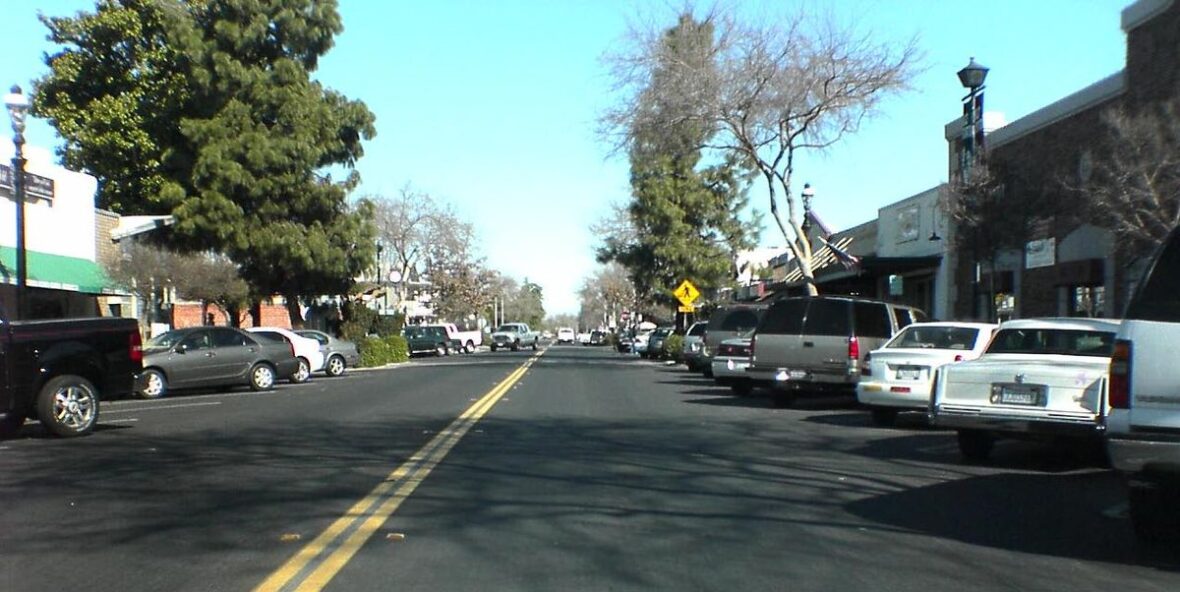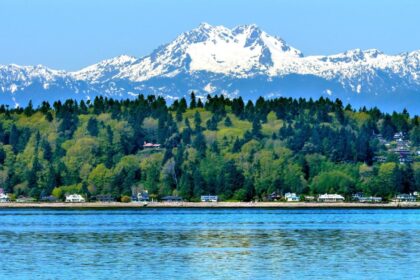Clovis is a city in Fresno County, California, United States. Take a look below for 20 interesting and amazing facts about Clovis, California, United States.
1. The 2020 population was 120,124.
2. Clovis is located 6.5 miles (10.5 km) northeast of downtown Fresno, at an elevation of 361 feet (110 m).
3. The city of Clovis began as a freight stop along the San Joaquin Valley Railroad. Organized on January 15, 1890, by Fresno businessmen Thomas E. Hughes, Fulton Berry, Gilbert R. Osmun, H.D. Colson, John D. Gray, and William M. Williams, in partnership with Michigan railroad speculator Marcus Pollasky, the SJVRR began construction in Fresno on July 4, 1891, and reached the farmlands of Clovis M. Cole and George Owen by October of that year.
4. The railroad purchased right-of-way from both farmers, half from each – the east side from Cole and the west side from Owen – and ran tracks up the borderline between the two properties.
5. The railroad agreed to establish a station on the west side of the tracks and to call it “Clovis.” The Clovis station, which was named after Clovis Cole, was positioned on the Owen side of the track.
6. Cole and Owen later sold land to Marcus Pollasky for the development of a townsite.
7. Fresno civil engineer Ingvart Tielman mapped the townsite on behalf of Pollasky on December 29, 1891. The original townsite featured streets named for the officers and principal investors of the railroad: (Benjamin) Woodworth, (Marcus) Pollasky, Fulton (Berry), (Thomas) Hughes, (Gerald) Osmun, and (O. D.) Baron. The townsite, named “Clovis” after Clovis Station by Pollasky, was laid out on what was originally Owen’s land.
8. The railroad was completed as far as the town of Hamptonville (now Friant) on the banks of the San Joaquin River, just 26 miles (42 km) from its point of origin in Fresno.
9. Articles of Incorporation for the San Joaquin Valley Railroad indicate that the corporation intended to build 100 miles (160 km) of track, including sidings and spurs, through the agricultural acreage east of Fresno, then north to the timber and mineral resources of the Sierra foothills. At the time, Hamptonville was called “Pollasky”.
10. A celebration of the completion of track-laying was held at the Pollasky terminus on the Wednesday before Thanksgiving of 1891 with a reported 3,000 Fresnans attending. The railroad began official operation in January 1892.
11. The first year of operation of the railroad coincided with the beginnings of a deep national economic decline. Farmers were unable to get a profitable return on their crops, banks and railroads failed nationwide.
12. The SJVRR was unable to generate sufficient revenues to pay its debt, was leased to the Southern Pacific Railroad and subsequently bought by SPRR in 1893. By reducing the railroad’s schedule of operation and trimming costs, the Southern Pacific was able to turn a small profit in the first years after its acquisition.
13. At the same time that the railroad was being planned, a group of Michigan lumbermen began acquiring thousands of acres of timber in the Sierra Nevada about 75 miles (121 km) northeast of Fresno. A dam was built across Stevenson Creek to create a lake that would enable them to move freshly cut timber to a mill beside the lake.
14. They then constructed a 42-mile (68 km), 25-foot-high (7.6 m), V-shaped flume that started at the foot of the dam. As lumber was rough-cut at the mill, it was loaded into the flume and propelled by water to a planing mill east of the Clovis railroad station, where the Clovis Rodeo and Clark Intermediate School sit today.
15. The lumber mill and yard had its own network of rails to move lumber around the yard and to connect with the SJVRR just south of Clovis station.
16. The completion in 1894 of the lumber flume and commencement of mill operations provided the impetus for further development of the area around the Clovis Station. The town began to take shape as lumber yard employees built homes close to their employment. Service businesses, churches, and schools became necessary, and the town was begun. Clovis’s first post office opened in 1895.
17. An 1896 newspaper article describes the town as having a population approaching 500 citizens.
18. Clovis was incorporated as a city in February 1912. Principal streets in the town center were named for the railroad’s officers. Fulton Street was later named Front Street, then Main Street, and is now Clovis Avenue.
19. The lumber mill burned in 1914 and was not rebuilt. The grounds are now occupied by Clark Intermediate School and the Clovis Rodeo Grounds. Clovis has a long history as a western town known for its slogan, “Clovis – A Way of Life”. Since 1914, the Clovis Rodeo has been held on the last weekend in April, with a parade on Saturday morning, followed by the rodeo that afternoon and all day Sunday.
20. Also contributing to the “Clovis way of life” are a number of street festivals, including Big Hat Days, ClovisFest, and the weekly Friday Night Farmer’s Market held between mid-May and mid-September every year.




